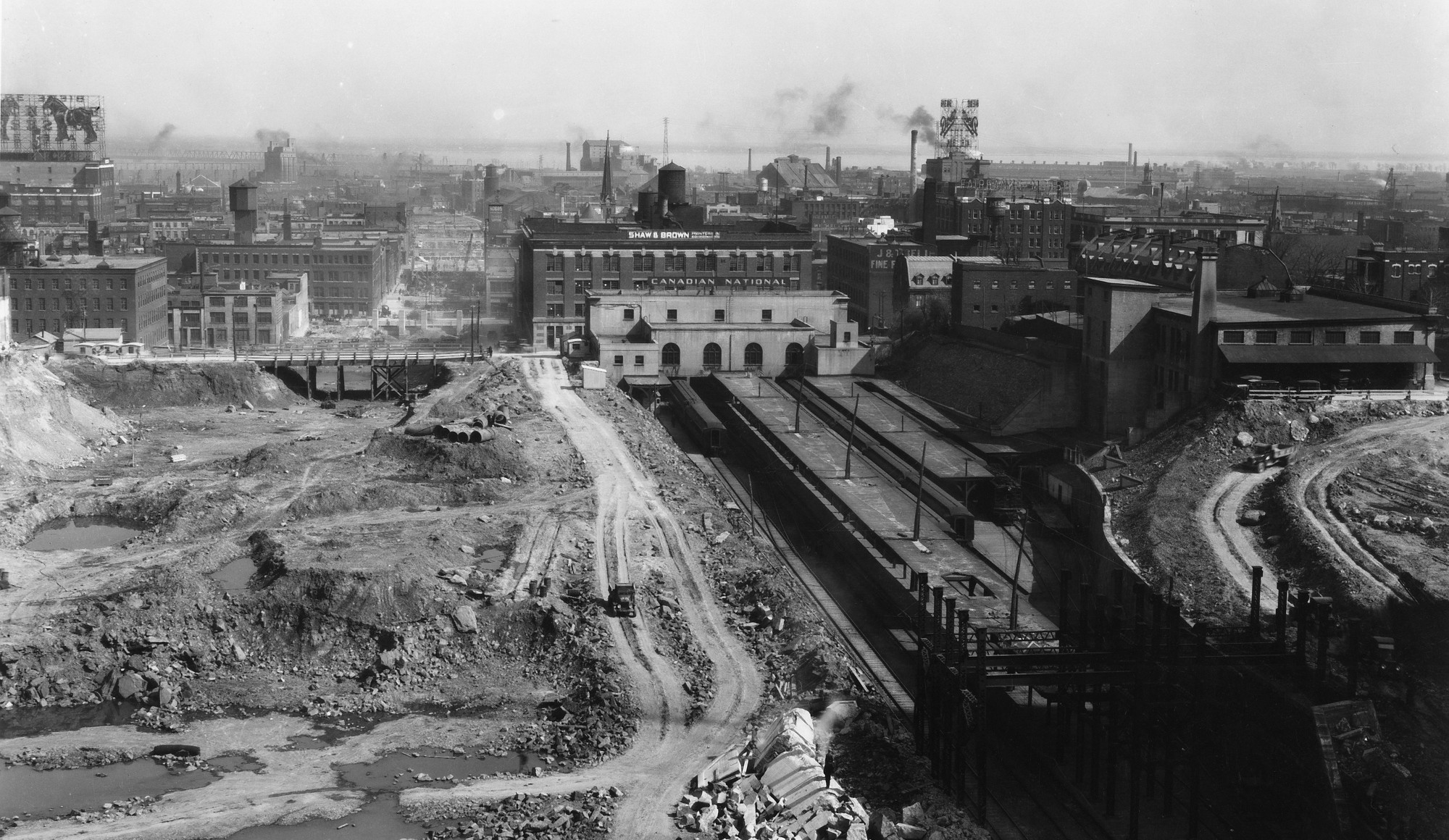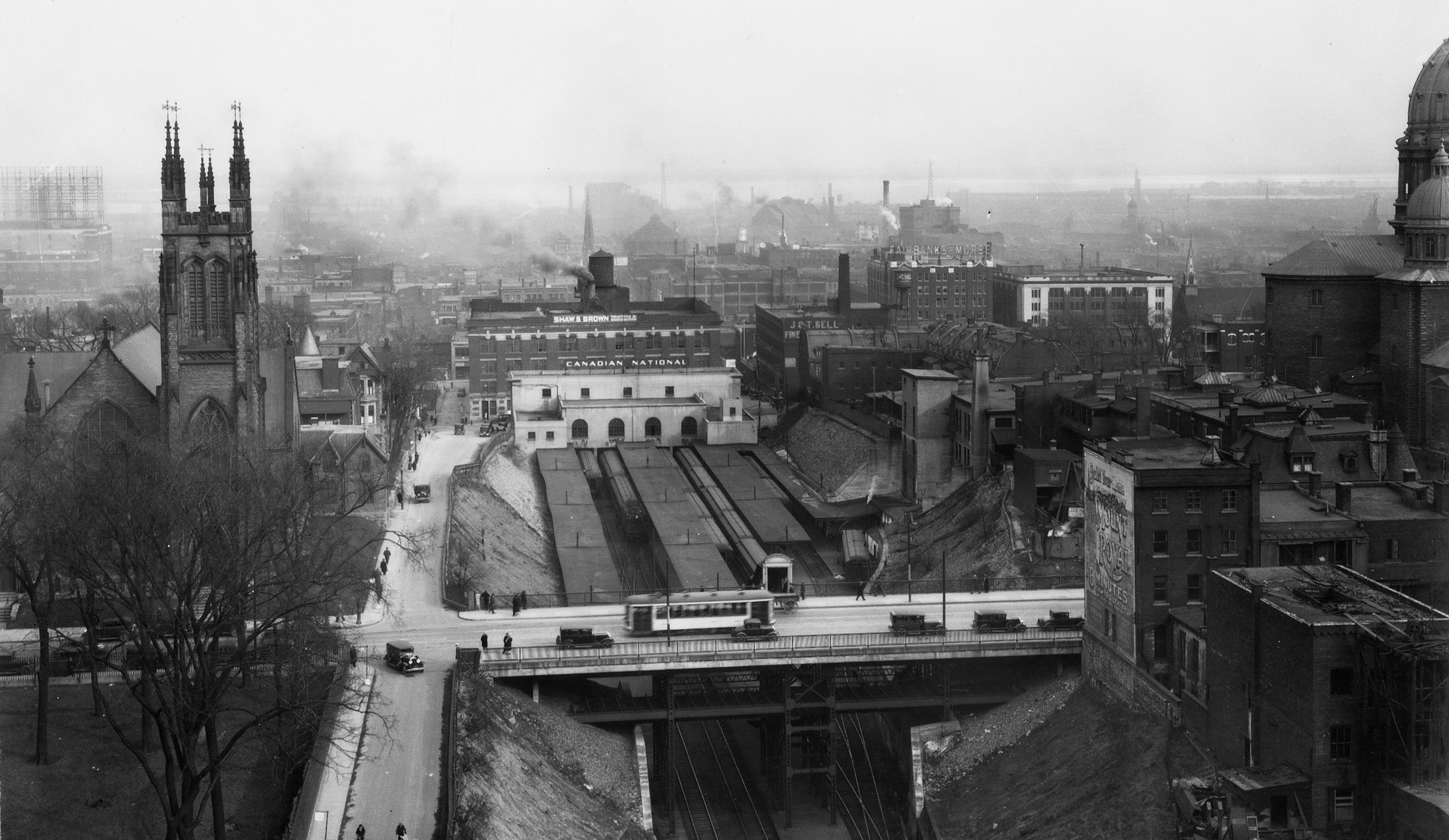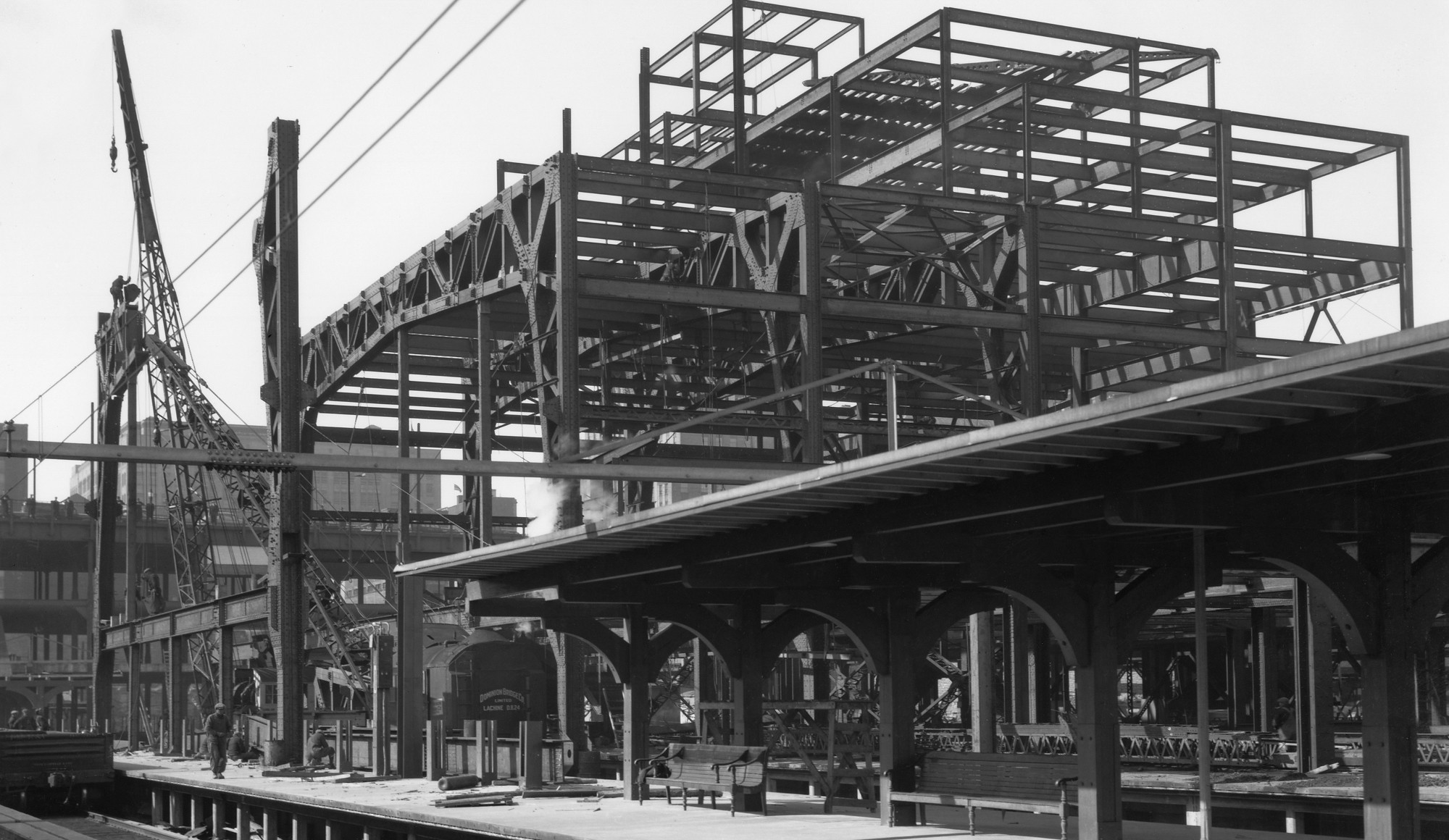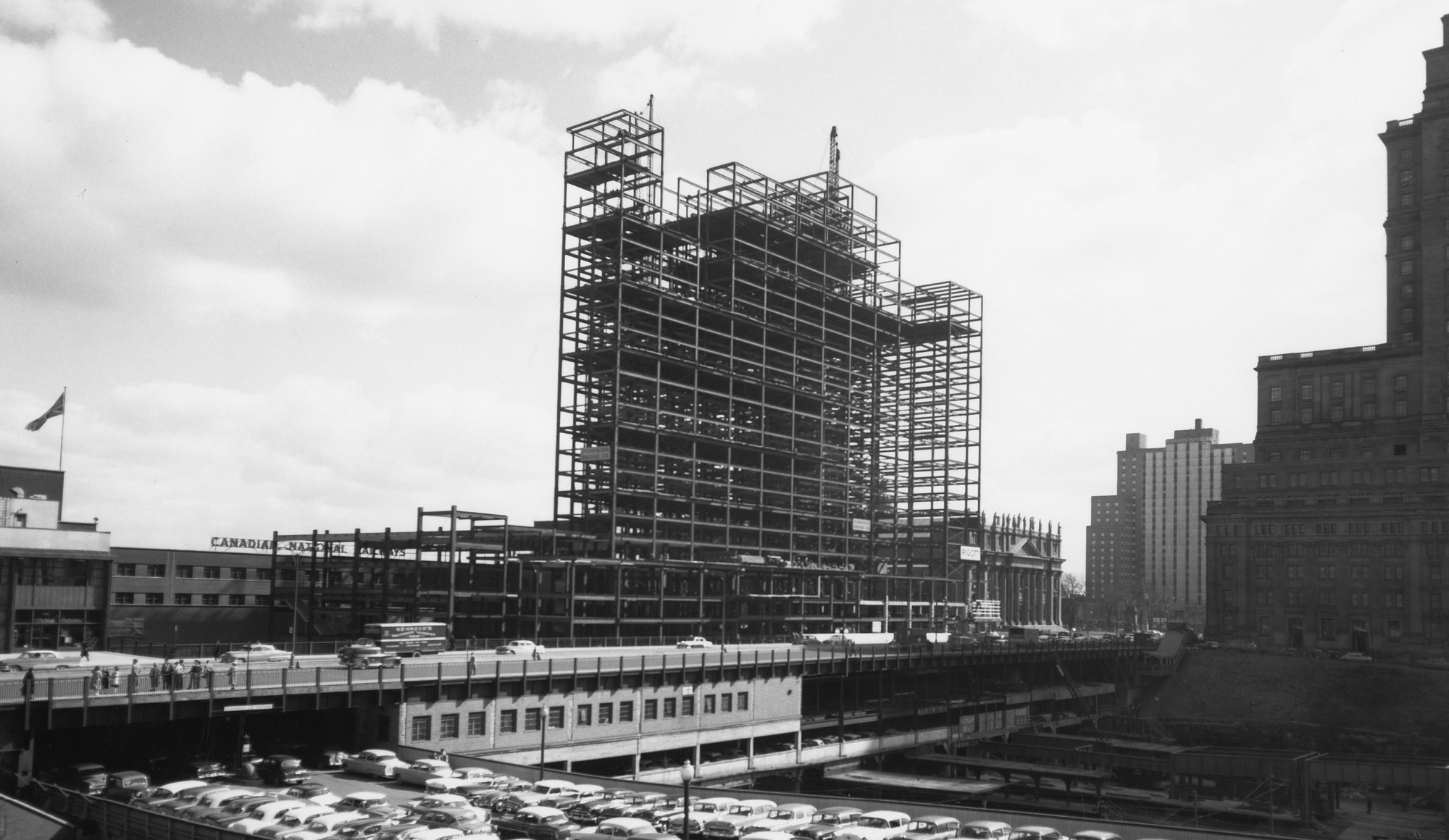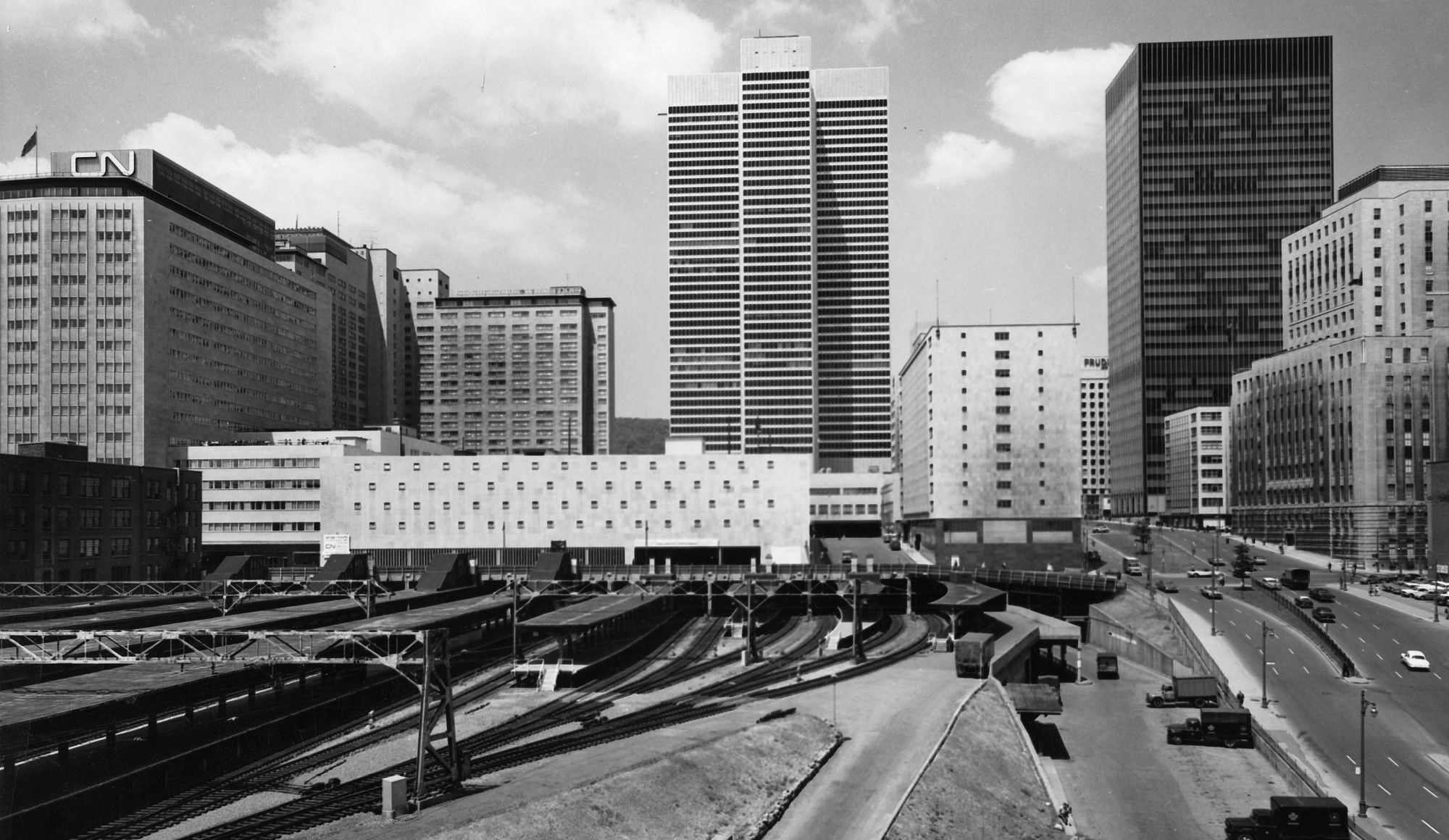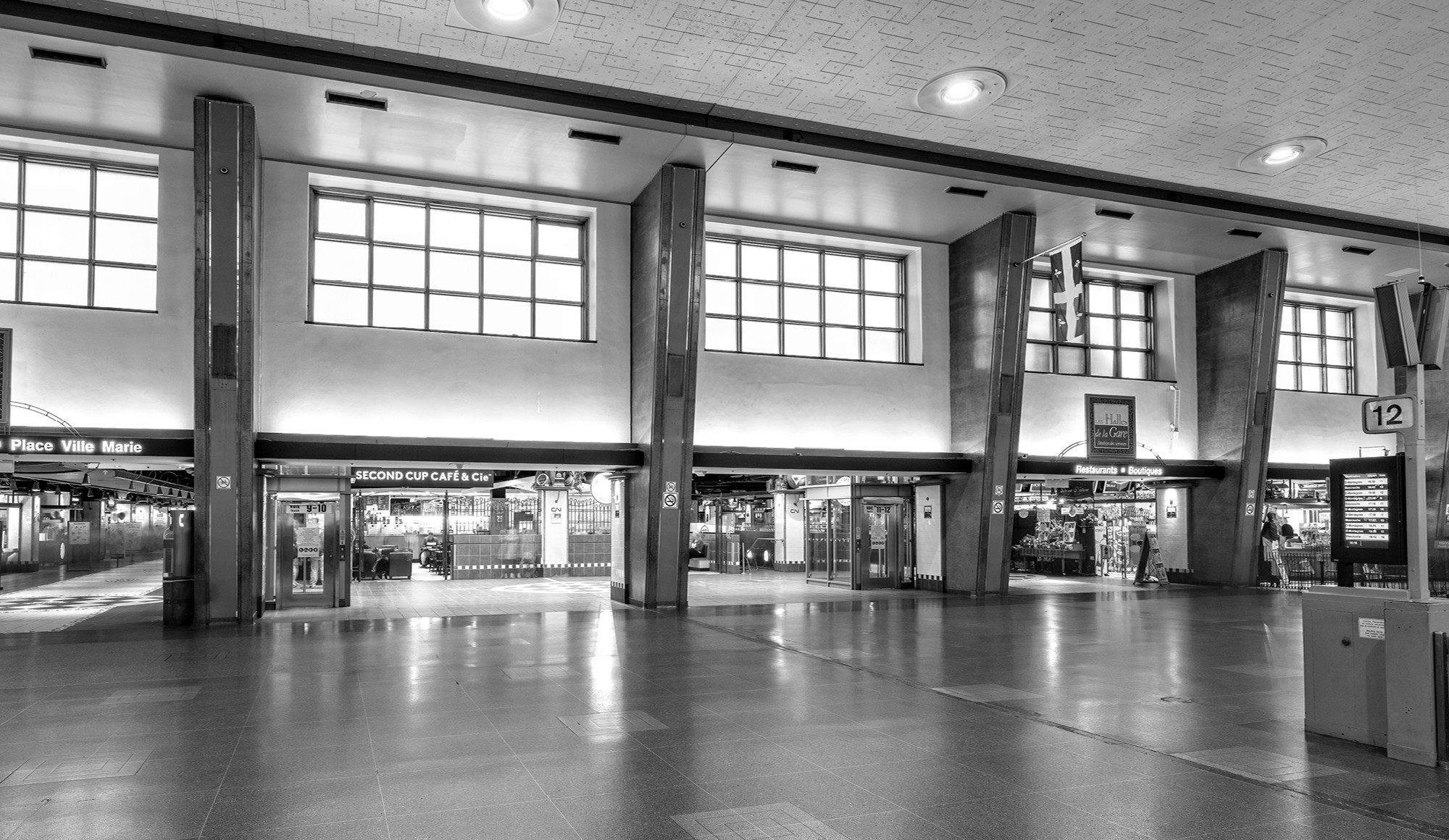Open

Enjoy convenient shopping and dining in downtown Montreal
Whether during lunchtime, waiting for your train or simply for fun, find everything you need at Halles de la Gare, which is chock-full of stores, restaurants and services.

A Cominar Property
Cominar : People first.Future forward.
Please enter your keyword in the search box
